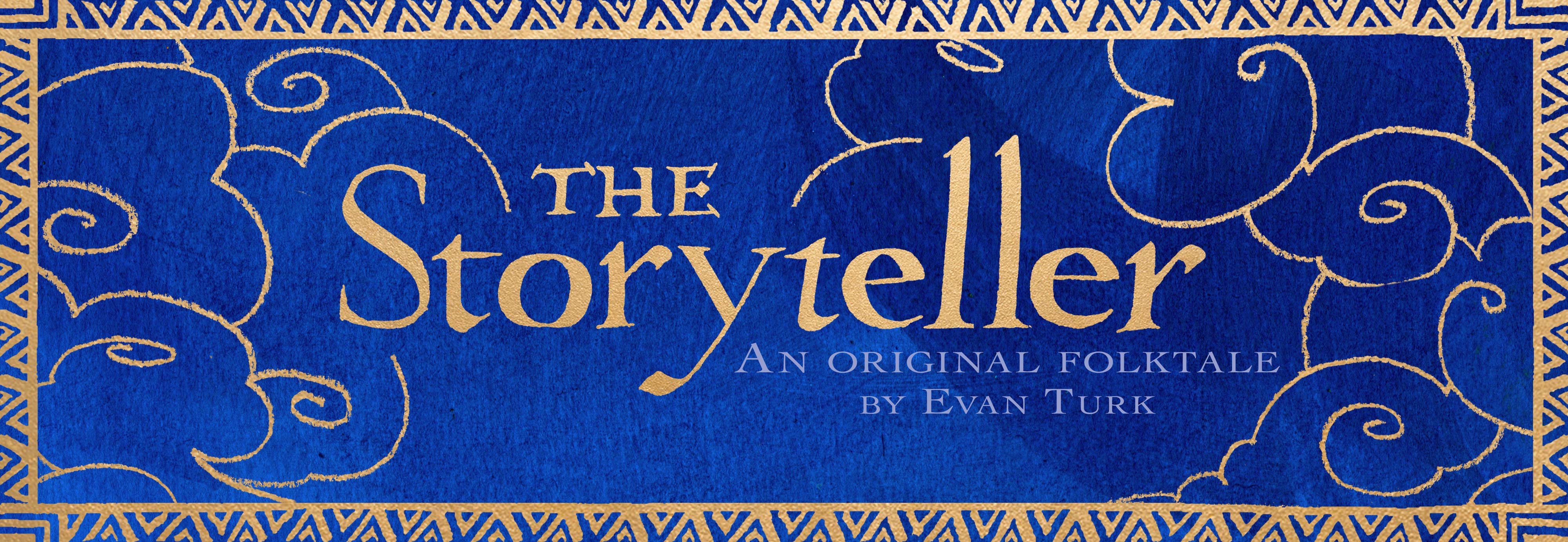Audio Glossary for The Storyteller & Teaching Materials
Our thanks to former Moroccan educator Abdelaziz Rhazzali for explaining the Moroccan Arabic words in the picture book and the companion teaching materials! Shukran!
Read MoreThe People of Morocco in ‘The Storyteller’
Morocco is a country with a long history, and traditions, like storytelling and carpet weaving, that extend back a thousand years. But it is also a modern country in today’s world. As in most countries, the traditional and the new exist simultaneously.
The central story in The Storyteller, ‘The Sandstorm and The Storyteller’, about a boy inheriting and using the wisdom of a master storyteller, takes place in modern times. The reader is introduced to the boy in the “Great Square” based loosely on the Jamaa EL Fna square in the old medina of Marrakech in the illustration above. In this one illustration, readers can notice many different aspects of the modern mixing with the traditional.
Read MoreA letter from Moroccan Storyteller, Mehdi EL Ghaly
As-Salaam-Alaikum!
(Peace be unto you)
I want to share with you a story about a kid who grew up to be one of his idols.
Not long ago, there was a child, a baby boy, who grew up in a traditional Moroccan house in the old medina of Marrakech. He was so energetic that where ever he went he caused a mess. One night his grandmother told him “I want to tell you a story.” She began with the words “Hajitek Majitek,” which mean “Once upon a time” in Moroccan Arabic. The boy started listening, but eventually he fell asleep in the middle of the story. When he woke up the next day, he asked his grandmother for the rest of the story, but she replied that she would continue the story that evening. From that moment on, every evening, with her stories, his grandmother changed and built something within the boy that he would soon discover.
Read MoreThe weaver as Storyteller
In October 2014 I took a trip to Morocco to do research for The Storyteller. One of my favorite experiences was spending a day in the village of Anzal in southern Morocco and meeting the women carpet weavers there and their family. These drawings (aside from the illustrations from the book at the end) were done on-location in Anzal and the nearby Oasis de Fint.
I arrived at the village of Anzal and met, Naoual, a twenty two year old woman from the village who translated for me and told me about her village and the weaving association. The village is nestled in a valley between harsh, dry mountains. The landscape is both empty and calming. The ground and sky seem to extend in all directions for eternity. It is said that the top crossbar of a loom is often called “the beam of heaven” and the bottom bar, “the earth”, with everything between as “creation.”
Read MoreDiverse Books: Setting Deeply Purposeful

Elizabeth Bird of School Library Journal considers The Storyteller (Atheneum Books for Young Readers) in the current discussion of representation and diverse books in an article for Fuse 8 Production.
“There’s been a lot of discussion lately about diversity in children’s literature. Specifically, some of that discussion has concerned those books written by white people about other cultures. It’s not a new phenomenon but what is a bit new is the increasing understanding that if you are going to use another culture, you need to do your homework.
If, for example, you are setting a story in Morocco, then you need to make the readers understand why you made that choice. That it wasn’t arbitrary. This is yet another of the many reasons I’m so impressed with Turk’s work here. That he sets his story in Morocco (contemporary Morocco, by the look of it) is deeply purposeful.
The Author’s Note at the end explains further. From this we learn that Morocco’s public storytellers or hlaykia have told tales for “nearly one thousand years” and yet “Only a handful of master storytellers remain”. All is not lost, though. Renewed interest in storytelling has surfaced, specifically at a restaurant called Café Clock in Marrakech. Turk then closes with a small Bibliography of sources on everything from storytelling to carpet weaving.
The book then is not an appropriation of an “exotic” culture done on a whim but rather a considered, thoughtful selection that serves as an ideal setting for a tale about storytelling then, now, and in the future.”
Read More








